Brightwell Blueberry Bush
$44.50 Original price was: $44.50.$31.15Current price is: $31.15.
- Free Shipping over $25
- Fast & reliable delivery options
- Enjoy top quality items for less
- Multiple safe payment methods

In warmer areas, with long, hot summers the rabbiteye type of blueberry is the best one to grow. But don’t just grow any rabbiteye – choose a selected variety from one of the country’s top blueberry breeders. Dr. Brightwell named this variety after himself because it was his best. The delicious, juicy, almost seedless blue berries begin early in the season, and last for weeks. Growing your own blueberries means you can let them ripen fully while still on the bush – the way to get maximum flavor and maximum vitamin content too. For the best berries you need to grow your own, and the Brightwell Blueberry Bush is where you should begin.
Everyone loves blueberries, for their fabulous taste and their health-giving vitamins and antioxidants. You won’t get the best berries at the grocery store, so grow your own. They never go to waste, because the surplus just goes into a bag in your freezer – and is available all year round. Fresh, in pancakes, or baked into muffins or pies, blueberries are incredibly versatile in the kitchen, and with your own plants you can enjoy them as much as you want to.
Growing Brightwell Blueberry Bushes
Many kinds of blueberries do best in the cooler north-east of the country, so if you live in warmer areas, with long, hot summers, you need to choose your varieties carefully. If you live from Virginia south into northern Florida, and west to Texas and Arkansas, the rabbiteye blueberry is the right choice for you. It always pays to choose improved varieties, not just the common plant, and the Brightwell Blueberry Bush is a delicious top-quality selected form that carries a heavy crop in June and July. If you haven’t grown fruit bushes before, blueberries are an excellent first choice, because they are easy to grow, and they don’t need complex tying and pruning. They generally have no serious pests, but they do need acid soil.
Soil Conditions
Before you buy, check the acid/alkaline range of your soil with a simple kit from your local garden center. If your soil is in the range 4.0 to 6.0, then you can grow blueberries. If not, don’t despair, because you can still grow them in large pots or boxes. Plant them in potting soil for acid-loving plants and use a fertilizer for acid-loving plants. This is a much better solution than trying to make your soil more acidic, because despite what you may have read, this is not easy, and usually fails in the longer term. If you want berries you can grow in your garden, then consider growing blackberries, which are easy to grow, very tasty, and also have that dark color found in blueberries.
Planting and Initial Care
Choose a sunny or lightly-shaded spot for your blueberry plants to grow in. Enrich the soil with peat moss or shredded pine bark. Don’t use regular manures, as these usually contain lime. If you are planting several bushes, space them 6 feet apart, and the rows 10 – 12 feet apart, so that you can easy go along picking berries. Although blueberries like plenty of moisture, they don’t like soggy, wet soil, so if your soil is often wet, plant in raised beds or on low mounds of soil. Use a thick layer of mulch over the roots, to conserve moisture, control weeds and keep the soil acidic. Use pine bark, peat moss, pine needles, leaves or grass clippings for your mulch.
Long-Term Care
Water regularly, and prune in late winter. Remove any dead branches and once your plants are about 3 years old, start removing older branches – these will also have started producing less fruit. Cut them low down on the plant, and this will also encourage new shoots, which carry the most fruit. If you have many new shoots from the previous year, remove some of the weakest and thinnest ones. This type of regular pruning will also keep your bushes smaller, perhaps only 6 feet tall, which makes picking much easier.
History and Origins of the Brightwell Blueberry Bush
The Rabbiteye Blueberry (Vaccinium ashei) is a native blueberry that comes from the southeast, growing naturally from Texas to North Carolina and south into Florida. Rabbiteye blueberries are adapted to, and do best in, zones 7 to 9. They grow quickly and in 7 or 8 years your bushes can reach 15 feet high and 10 feet across, if you don’t prune them. They will of course be fruiting during those years, with a bigger and bigger crop to look forward to each year. The flowers appear in spring and they are white, hanging in clusters like small bells. The berries develop gradually, so they don’t all ripen at the same time, meaning you enjoy a long season of fresh berries. For maximum flavor and quality, they should be allowed to ripen naturally on the bush.
The variety ‘Brightwell’ was developed by Dr. W.T. Brightwell, a professor of horticulture at the University of Georgia.
Blueberries were his specialty, and he produced ten top-quality varieties, and he considered ‘Brightwell’ to be his best one. Because of its special breeding it must be carefully produced from stem pieces, not from seed, as seedling plants will never be the quality of this variety, and they may be cheaper, but you will be very disappointed with them. Our plants are guaranteed true to the type, and our stock is in high demand. So order now to avoid disappointment.
Be the first to review “Brightwell Blueberry Bush” Cancel reply
Related products
Citrus Trees
Citrus Trees
Berry Bushes
Apple Trees
Cherry Trees
Citrus Trees
Berry Bushes
Fig Trees

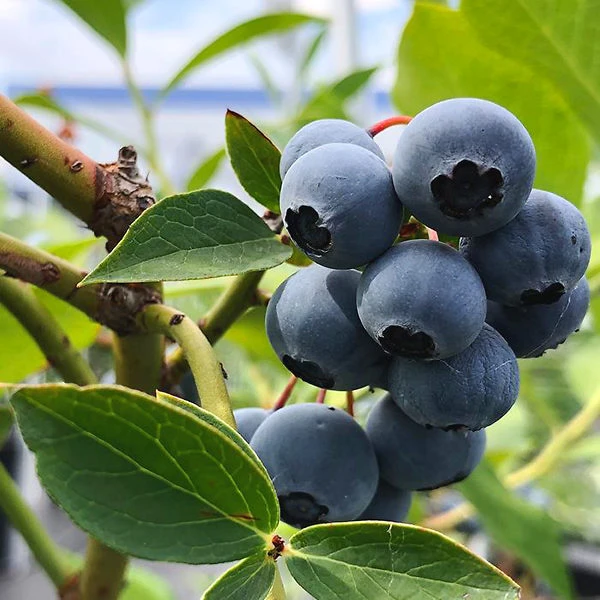
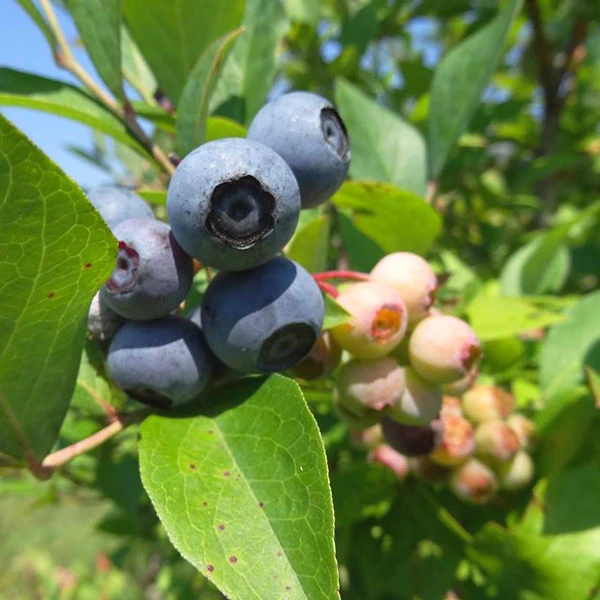
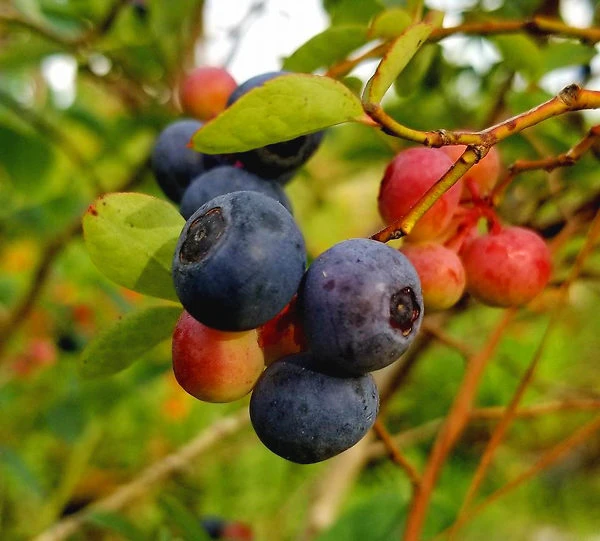

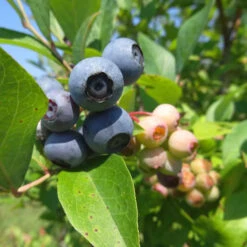
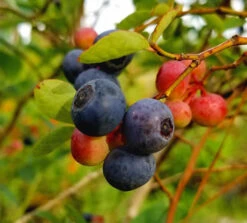


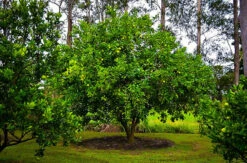
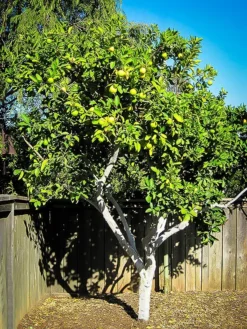



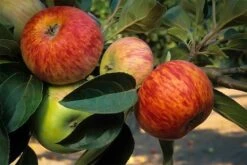
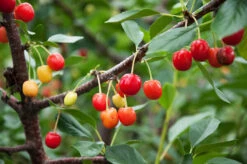

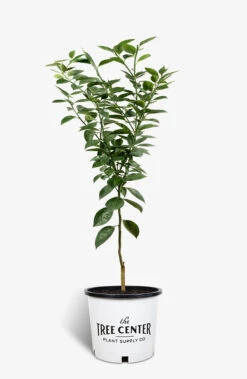


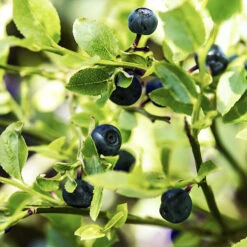
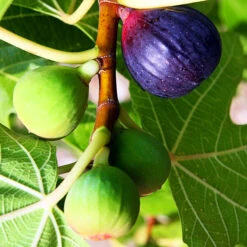
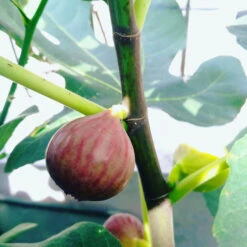
Reviews
There are no reviews yet.